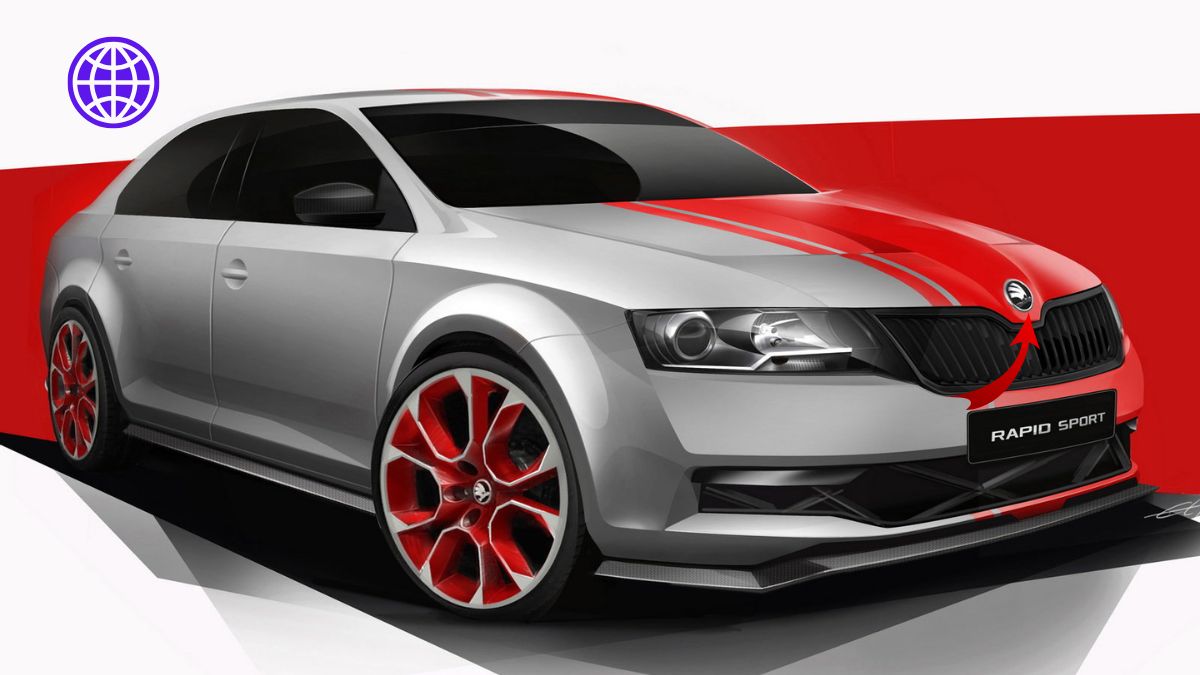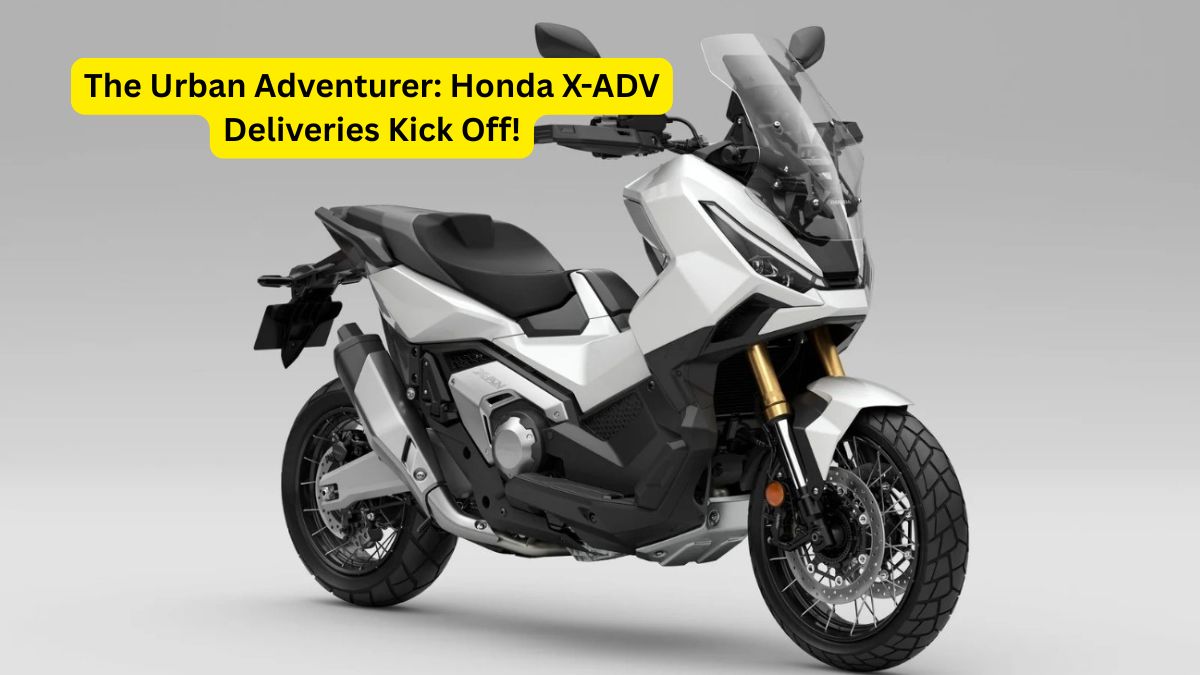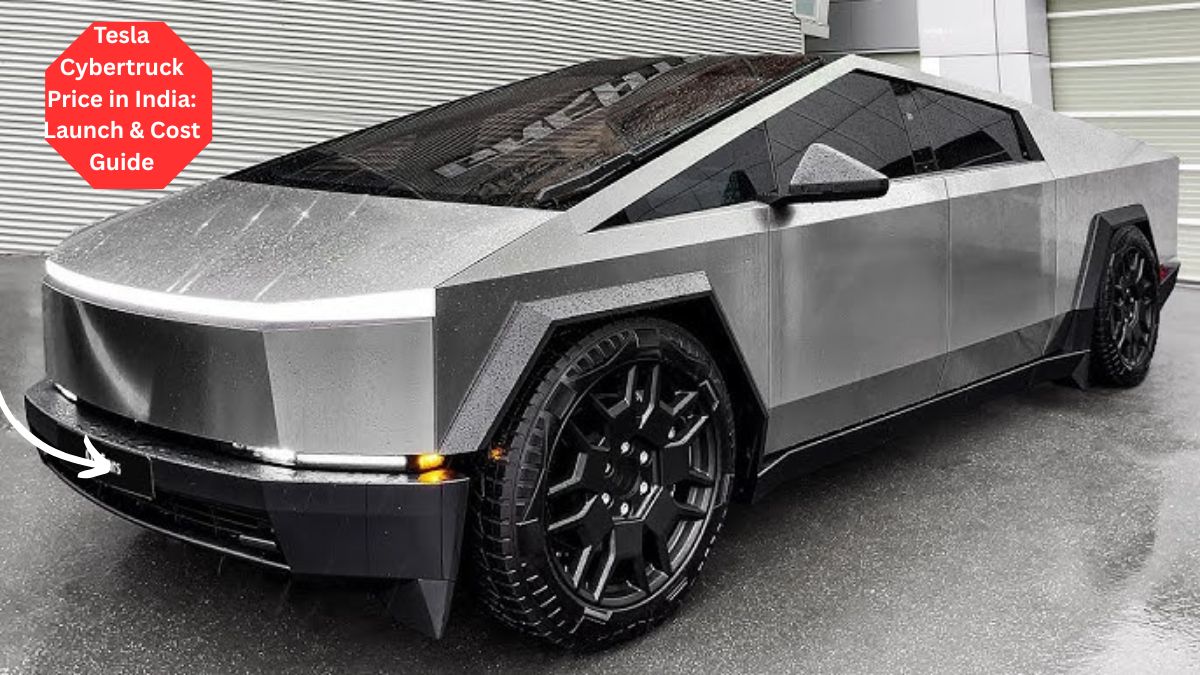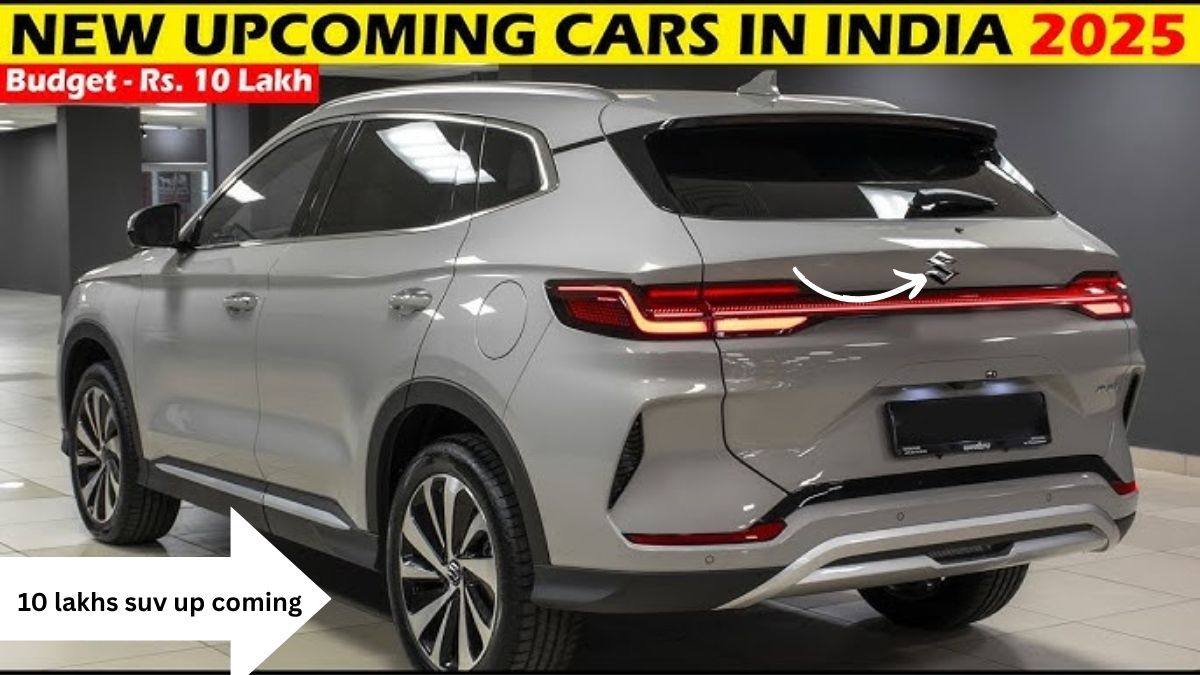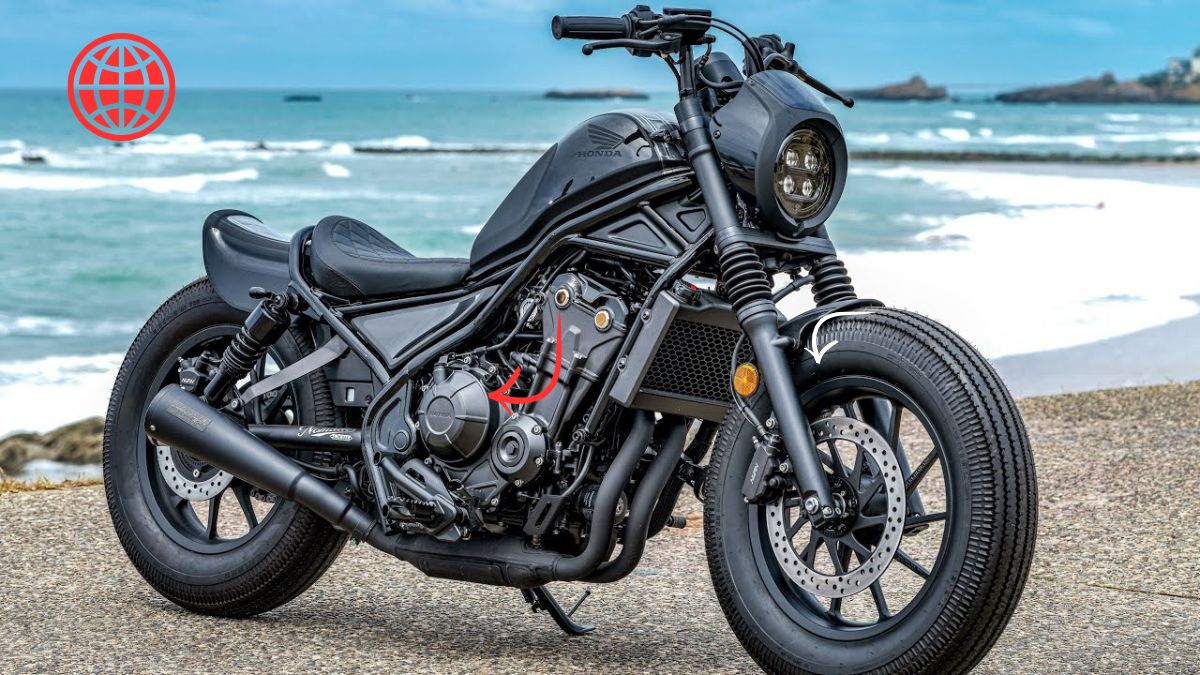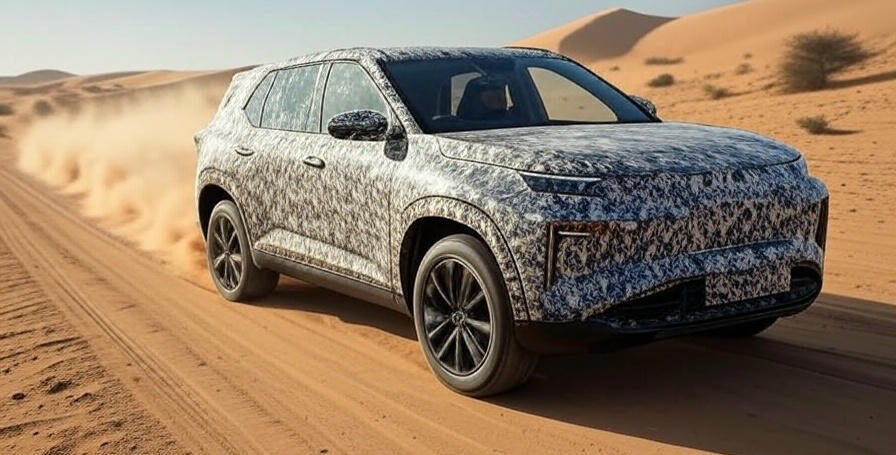Have you ever found yourself scrolling through social media and stopping dead in your tracks at a picture of a stunning Skoda Rapid with its top down, imagining cruising under the Indian sun? It’s a beautiful thought, but it’s time we separate that dream from reality.
While the idea of a Skoda Rapid cabriolet price in India is a hot topic, the hard truth is that Skoda never officially launched a convertible version here. What truly makes this car a legend on Indian roads, and a topic of passionate discussion even years after its discontinuation, is the phenomenal Skoda Rapid diesel mileage.
This sedan is a testament to German engineering, offering a driving experience and fuel efficiency that still makes it a champion in the hearts of thousands. So, let’s put the cabriolet fantasy to bed and dive into the real, tangible reasons why the Skoda Rapid remains one of the most respected cars in the pre-owned market today.
The Dream of a Skoda Rapid Cabriolet: Fact vs. Fiction
The images that sparked this entire fantasy are of a one-off project, a unique creation by students from the Skoda Auto Volkswagen India academy. In 2023, as part of an academic project, these talented students meticulously crafted a single, non-road-legal concept car. They took a standard Rapid sedan and transformed it into a two-door, drop-top beauty.
It was a brilliant display of design and engineering potential, a project that quickly went viral and led many to believe that a production model was on the horizon. However, this was never in Skoda’s official plans for the Indian market. It was purely an internal exercise to foster creativity and provide practical experience. The dream was powerful, but the reality is that every single Rapid that rolled out of a Skoda showroom in India came with a solid metal roof.
The hurdles—both legal and technical—of creating a production-ready convertible from a sedan platform are immense, making the student project a fascinating “what if” scenario rather than a preview of a future product.
The Unspoken Truth About Car Modification in India
So, if you can’t buy one, why not just make one? This is a question many enthusiasts ask. The thought of finding a skilled workshop to chop the roof off a used Rapid is tempting, but it’s a path fraught with peril. In India, structurally modifying a vehicle is not just difficult; it’s largely illegal.
Section 52 of the Motor Vehicles Act, 1988, strictly prohibits alterations to a vehicle’s core structure from what was originally certified by the manufacturer. Removing the roof fundamentally compromises the car’s unibody chassis, which is designed to distribute impact forces during a crash. Without a factory-engineered solution, a custom-built convertible is a safety nightmare.
You would need to add significant structural bracing underneath the car to compensate for the loss of rigidity, a process that requires immense engineering expertise and is almost impossible to get certified by regulatory bodies like the Automotive Research Association of India (ARAI). Beyond the legal and safety issues, there are practical problems.
Waterproofing the cabin and protecting the electronics from India’s fierce monsoons is a monumental task for a custom build. Furthermore, the resale value of such a heavily modified car would plummet. You would spend lakhs on the conversion only to create a vehicle that is unsafe, illegal for road use, and nearly impossible to sell.
The Real Hero: Unpacking the Legendary Skoda Rapid Diesel Mileage
Now, let’s talk about the Rapid’s true claim to fame—the engine that made it a highway legend. The 1.5-litre TDI diesel engine is a masterpiece of efficiency and torque. For years, it was the go-to choice for anyone who clocked serious miles, from corporate road warriors to families who loved long road trips.
The officially certified ARAI (Automotive Research Association of India) mileage figures were impressive on paper, but what made owners fall in love was that the car actually delivered, and sometimes even exceeded, those numbers in the real world.
The engine’s ability to pull strongly from low RPMs meant you didn’t have to constantly work the gearbox in the city, which helped conserve fuel. On the open highway, it would settle into a comfortable rhythm, sipping diesel frugally while providing a confident and stable ride.
Real-World Mileage Breakdown
| Driving Condition | Typical Mileage (kmpl) |
| City Traffic (with AC) | 15-18 |
| Highway Cruising (80-100 km/h) | 20-23 |
| Spirited Driving | 13-15 |
| Combined Average | 18-20 |
With a fuel tank capacity of 55 litres, these mileage figures translate into a phenomenal range. Owners frequently report driving over 1,000 kilometres on a single tank of diesel. Imagine doing a Mumbai to Goa trip without a single fuel stop! This incredible range, combined with the engine’s punchy 250 Nm of torque, made overtaking a breeze and long journeys feel effortless.
This is the “magic” that the Rapid diesel delivered, and it’s a quality that is highly sought after even today in the used car market.
Evolution of a Legend: The Skoda Rapid’s Journey in India (2011-2021)
The Skoda Rapid was launched in India in 2011 and for a decade, it remained a cornerstone of the C-segment sedan market. It was based on the same PQ25 platform as the Volkswagen Vento, but it carved out its own distinct identity. The initial models were offered with a 1.6-litre MPI petrol engine and a 1.6-litre TDI diesel engine. The design was clean, understated, and very European, echoing the design language of the larger Skoda Fabia. Over the years, the Rapid received several important updates.
The most significant facelift came in 2016, which brought the front-end design in line with Skoda’s global models like the Octavia and Superb. The new angular headlights, butterfly grille, and revised bumper gave it a much sharper and more modern look. This was also when the legendary 1.6 TDI was replaced by the downsized but equally potent 1.5-litre TDI engine.
Another key update was the introduction of the acclaimed 7-speed DSG automatic gearbox for the diesel variant, which offered lightning-fast shifts and added a new layer of convenience. Towards the end of its lifecycle, in the BS6 era, the diesel engine was discontinued, and Skoda introduced the brilliant 1.0-litre TSI turbo-petrol engine. This three-cylinder motor was a pocket rocket, loved by enthusiasts for its free-revving nature and strong performance, proving that the Rapid’s soul was not just tied to its diesel engine.
Your Ultimate Guide to Buying a Used Skoda Rapid in 2025
With the Rapid being a hot commodity in the pre-owned market, it’s crucial to know what you’re getting into. A well-maintained Rapid can be a fantastic purchase, offering a premium experience for a fraction of the original cost.
Which Variant Should You Choose?
The Rapid was sold in several trims over the years. The base models were called ‘Active’ or ‘Rider’, offering the bare essentials. The mid-tier ‘Ambition’ was the most popular, providing a good balance of features and value. The top-of-the-line ‘Style’ variant came loaded with features like projector headlights,
a touchscreen infotainment system with Android Auto and Apple CarPlay, automatic climate control, and rear AC vents. For those wanting a sportier look, Skoda also offered the ‘Onyx’ and ‘Monte Carlo’ editions, which featured blacked-out cosmetic elements, unique alloy wheels, and sportier interior trim.
When buying used, the ‘Style’ variant offers the most modern experience, but a well-kept ‘Ambition’ is often the smartest financial choice.
The Big Engine Debate: 1.5 TDI Diesel vs. 1.0 TSI Petrol
This is the most critical decision for a prospective Rapid owner. Your choice should depend entirely on your usage.
| Feature | 1.5 TDI Diesel | 1.0 TSI Petrol |
| Primary Advantage | Phenomenal Mileage & Torque | Thrilling Performance & Refinement |
| Best For | High monthly running (over 1500 km) | City commuting and spirited driving |
| Real-World Mileage | 18-22 kmpl | 13-16 kmpl |
| Maintenance | Higher routine costs, robust engine | Lower routine costs, can be complex |
| Gearbox Options | 5-Speed Manual / 7-Speed DSG | 6-Speed Manual / 6-Speed Torque Converter |
If you are a high-mileage user, the diesel is a no-brainer. The fuel savings will be substantial over time. However, if your driving is mostly within the city and you crave a more exciting, rev-happy engine, the 1.0 TSI is one of the best turbo-petrol motors ever sold in this segment. It’s smooth, powerful, and an absolute joy to drive.
Pre-Purchase Inspection Checklist
When inspecting a used Skoda Rapid, pay close attention to the following:
DSG Gearbox (if applicable): The 7-speed dry-clutch DSG (DQ200) in the diesel automatic can be problematic. During a test drive, check for any jerking at low speeds or hesitation during shifts. A failure of its mechatronics unit can be a very expensive repair.
Diesel Engine: Check the service history for regular oil changes. Listen for any unusual noise from the engine bay. A well-maintained 1.5 TDI is known to be very reliable.
Suspension: Drive over some bad roads to check for any noise from the suspension components. The Rapid’s suspension is built to be tough, but components can wear out over time.
Electronics: Test all electronic features, including the power windows, central locking, and the infotainment system.
Service History: A complete and authorised service history is a huge plus. It indicates that the previous owner has taken good care of the car. For more insights from a community of dedicated owners, forums like Team-BHP offer a wealth of knowledge.
Decoding Used Skoda Rapid Prices in India
As of 2025, the price for a used Skoda Rapid can vary significantly based on the model year, variant, engine, and condition. Here’s a rough estimate:
2014-2016 Models (Pre-facelift, 1.6 TDI): ₹3.5 lakh – ₹5.0 lakh
2017-2019 Models (Facelift, 1.5 TDI): ₹5.5 lakh – ₹7.5 lakh
2020-2021 Models (1.0 TSI): ₹7.0 lakh – ₹9.0 lakh
The diesel automatic and the TSI automatic variants tend to command a higher price.
Engine Showdown: Diesel TDI vs. Petrol TSI
The comparison between the diesel and petrol engines holds true.
| Feature | 1.5L TDI (Diesel) | 1.0L TSI (Petrol) |
|---|---|---|
| Pros | Excellent highway mileage, High torque (250Nm) | Smooth performance, Lower maintenance costs |
| Cons | Higher engine noise, Higher maintenance on some parts | Lower real-world mileage (14-16 kmpl) |
| Best For | High-mileage users (1,500+ km/month) | Primarily city-based driving |
FAQs: Your Skoda Rapid Questions Answered
Q: Is the Skoda Rapid diesel expensive to maintain?
A: While parts can be more expensive than its Japanese or Korean rivals, the routine service costs are quite reasonable, often comparable to other cars in its segment. The key is to find a good independent mechanic who specializes in European cars if you want to save on costs post-warranty.
Q: Does the diesel engine’s mileage drop after 1,00,000 kilometres?
A: Not at all. Many owners who have crossed the 1,00,000 or even 2,00,000 km mark report that the mileage remains consistent, provided the car is serviced on time. The 1.5 TDI engine is known for its longevity.
Q: Is the 1.0 TSI engine reliable?
A: The 1.0 TSI is a modern, direct-injection turbo-petrol engine. It has proven to be quite reliable globally. However, like any turbo-petrol, it requires good quality fuel and timely maintenance.
Why the Skoda Rapid Still Captures Hearts
Even with newer, more feature-packed cars on the market, the Rapid has a cult following. This loyalty stems from a few core attributes that are hard to find.
Built Like a Tank: The German Engineering Promise
The first thing you notice when you get into a Rapid is the reassuring thud of the door closing. The car feels solid and incredibly well-built. This isn’t just a feeling; the car’s structural integrity gives you immense confidence, especially at high speeds. This ‘built-like-a-tank’ quality is a signature of German engineering and is one of the primary reasons people feel safe and secure in a Rapid.
The Vento Connection: A Blessing for Maintenance?
Because the Rapid shares its platform and many of its mechanical parts with the Volkswagen Vento, sourcing spares is often easier and sometimes more affordable. This parts-sharing extends to the engine, suspension, and several other components, giving owners more options when it comes to repairs and maintenance. Many skilled independent garages have expertise in this platform, which can be a significant cost-saver over dealership servicing.
A True Driver’s Car
Above all, the Rapid is a car for people who love to drive. The steering feels direct and provides excellent feedback, letting you know exactly what the front wheels are doing. The chassis is beautifully balanced, and the car feels incredibly stable and planted when cornering. On the highway, it remains rock-steady even at triple-digit speeds, inspiring a level of confidence that few of its rivals can match. This focus on the driving experience is what makes enthusiasts swear by it.
The Road Ahead: Life After the Rapid for Skoda
Skoda officially pulled the plug on the Rapid in 2021 to make way for its successor under the new ‘India 2.0’ strategy. The Skoda Slavia is the new torchbearer in the sedan segment for the brand. It’s a larger, more modern, and more feature-rich car, built on the advanced MQB-A0-IN platform.
While the Slavia is a fantastic car in its own right and carries forward the legacy of offering a great driving experience with powerful TSI engines, many purists still miss the raw, mechanical feel and the incredible diesel efficiency of the Rapid. The brand’s focus has clearly shifted towards this new platform, which also underpins the successful Kushaq SUV, as they move towards a more premium and tech-focused future.
Conclusion: Embrace the Reality, Cherish the Legend
The Skoda Rapid cabriolet will forever remain a tantalizing dream, a piece of “what-if” automotive folklore in India. But the reality of the Skoda Rapid is just as compelling. It’s a car that delivered on its promises of robust build quality, an engaging driving experience, and, most importantly, the unmatched efficiency of its diesel engine. It represents a golden era of diesel sedans in India.
For a discerning buyer in the used car market, the Rapid offers a chance to own a piece of that legacy—a car that is practical, fun to drive, and remarkably economical. So, while you may not be able to get the wind in your hair in a factory-built Rapid convertible, you can certainly enjoy the thrill of its performance and the satisfaction of its incredible mileage, which are legends in their own right.

